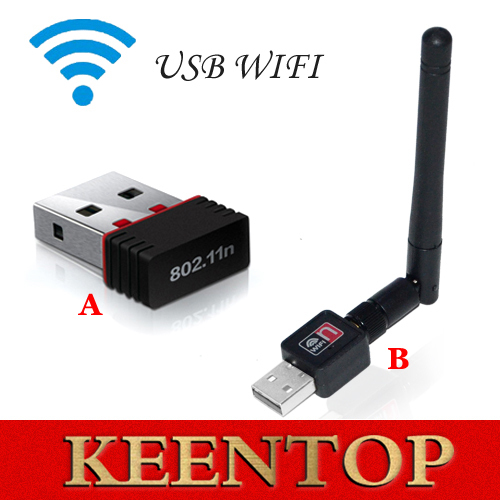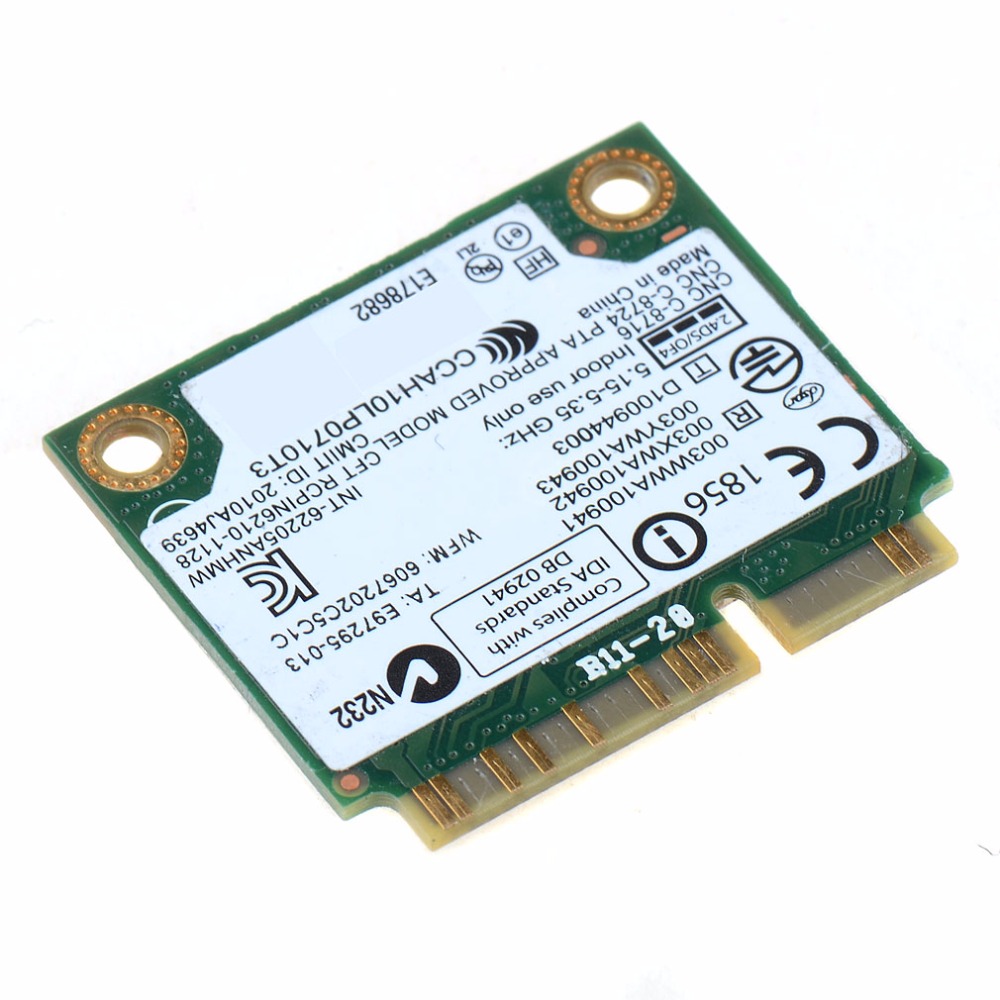
Normally all you have to do is connect via Ethernet, set up software repositories, and then run the new wireless device wizard in Mageia Control Centre. Mageia is normally pretty good with wireless drivers. Installing dkms would have pulled in the package automatically which is why you did not need to specify it. Kernel-netbook-devel-latest (assuming you are running the netbook kernel variant). To install multiple packages at once just list them on the same lineĬode: Select all urpmi dkms fakeroot make gcc-c++Īs it happens you did not need to install dkms and fakeroot packages anyway but you did need I am blown away with Mageia so far though. Im not sure if you can connect packages into one command and if you can how to do it)Ĭd angepasster-2011_0406_RT5390_RT5392_Linux_STA_V2.5.0.3_DPOĬlick networking icon at top and it should work! (sorry about seperate commands, Ive been using Mageia for 15 minutes. I figured out how to do it! Here is the solution Sudo apt-get install -reinstall linux-headers-$(uname -r) build-essential dkms patch fakeroot unzip

Here is the commands I would type in Debian to get my wireless card working so maybe someone could translate them to Mageia commands for me? But have years of experience with Linux in general.

To update the driver (or "recompile it for your current kernel", to be exact), run the shellscript included here, named "update-driver-after-kernel-upgrade".Im new here and I need help with my wireless drivers.

How to update the driver after a Linux kernel upgrade Now restart the computer, or alternatively: Sudo apt-get install git linux-headers-generic linux-headers-$(uname -r) build-essential dkms fakeroot


 0 kommentar(er)
0 kommentar(er)
